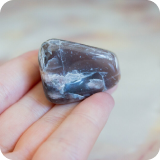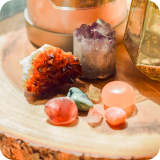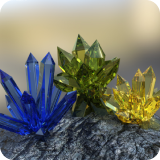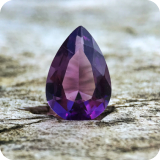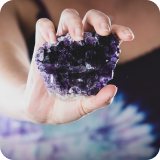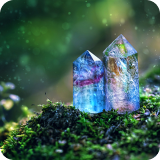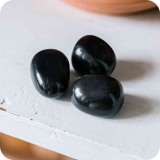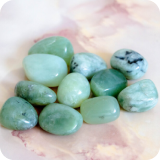- Agate
- Amethyst
- Aventurine
- Carnelian
- Howlite
- Jasper
- Moonstone
- Onyx
- Quartz
- Tiger's Eye
Rock tumbling is smoothing and polishing rough rocks and crystals to create beautiful, polished pieces. It involves placing the stones in a barrel-like tumbler with abrasive grit, water, and a polishing agent. The tumbler rotates the rocks for several weeks, grinding down their sharp edges and corners until they become smooth and glossy.
Tumbling brings out the natural beauty of the stones, revealing unique patterns and colors unseen before.
What kind of rocks can you put in a rock tumbler? First, you must consider the following before tumbling a stone:
1. Hardness: Gemstones should be hard enough to withstand tumbling without breaking or chipping.
2. Abrasiveness: Gemstones should not be too abrasive, as this can cause damage to the tumbler and other stones.
3. Size: Stones should be similar in size, so they tumble evenly and don’t get stuck in the tumbler’s barrel.
4. Shape: The stone should have a rounded shape to avoid getting stuck in the barrel or causing damage to other rocks in the mix.
Let’s explore the best stones for tumbling, and why they are a good fit.
Agate
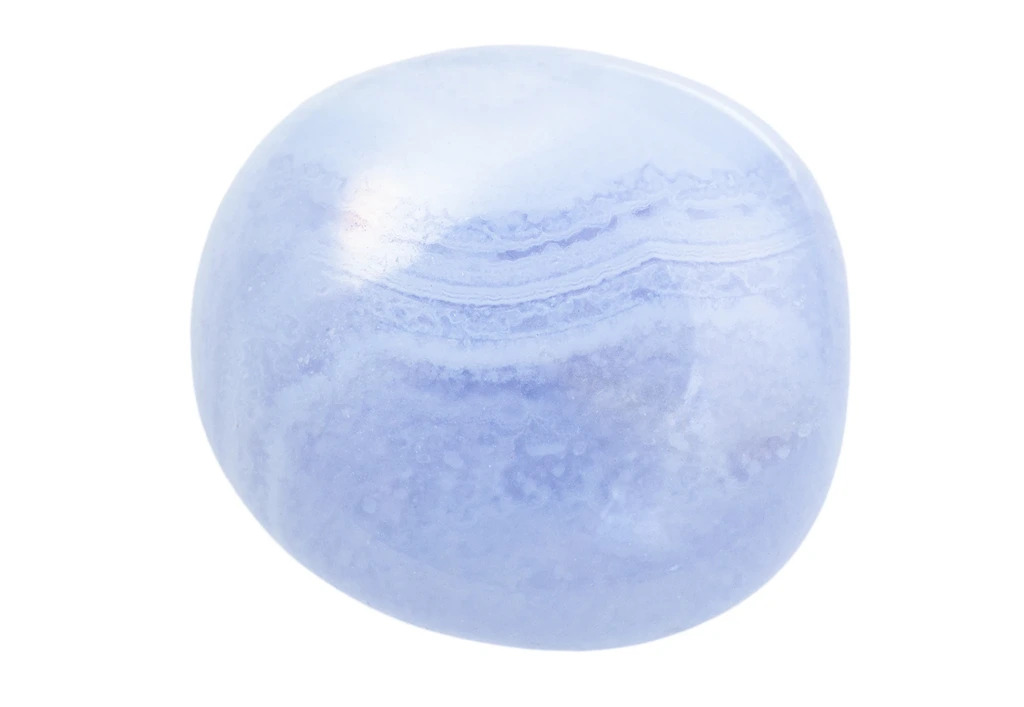
Agate is a banded type of Chalcedony that occurs in various colors, including white, gray, pink, red, yellow, brown, and black. It has a waxy luster and a fine-grained texture. Its bands are often curved or angular and can be transparent or opaque.
Agate is a durable stone that can withstand the tumbling process without breaking, making it one of the best rocks for tumbling. Its natural banded patterns and colors make it visually appealing, and its smooth texture makes it easy to work with. Agate has a high Mohs hardness rating of 6.5 to 7, which means it will last for many years with proper care. Rock tumbling Agates is a fun and easy way to get started with tumbling!
Amethyst
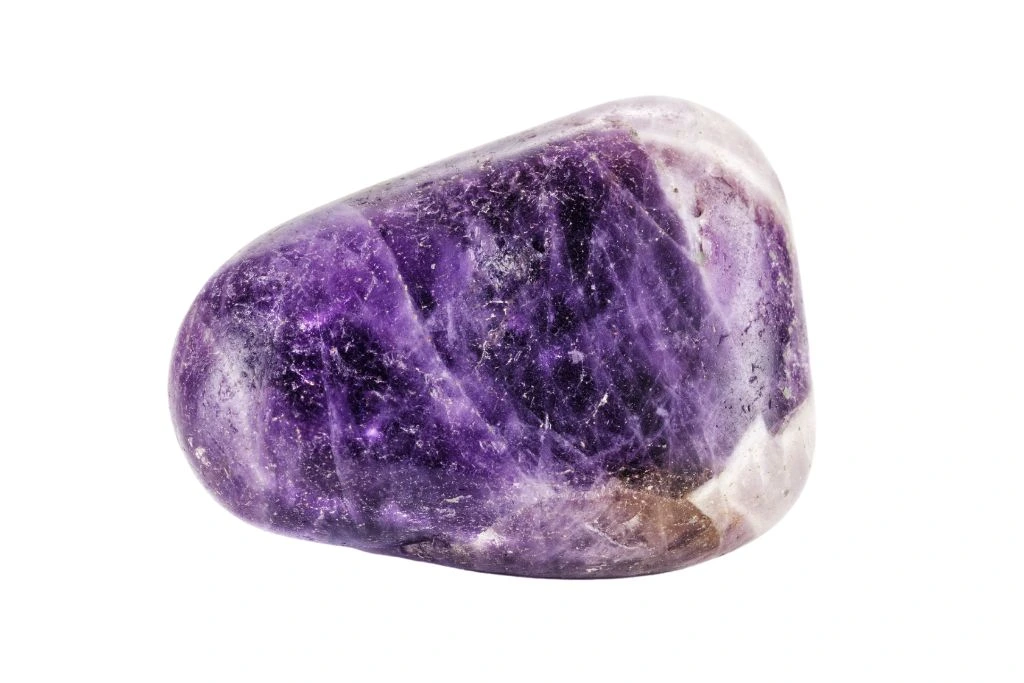
Amethyst has a deep purple hue. Its color ranges from light lavender to deep, dark purple. The presence of iron and aluminum in the stone causes amethyst’s color. Amethyst has a vitreous luster, which means it has a glassy or glossy surface. Its texture is smooth and silky to the touch.
Amethyst is one of the best rocks to tumble because of its unique combination of hardness and beauty. It is hard enough to withstand the tumbling process yet soft enough to create a beautiful polish.
Aventurine
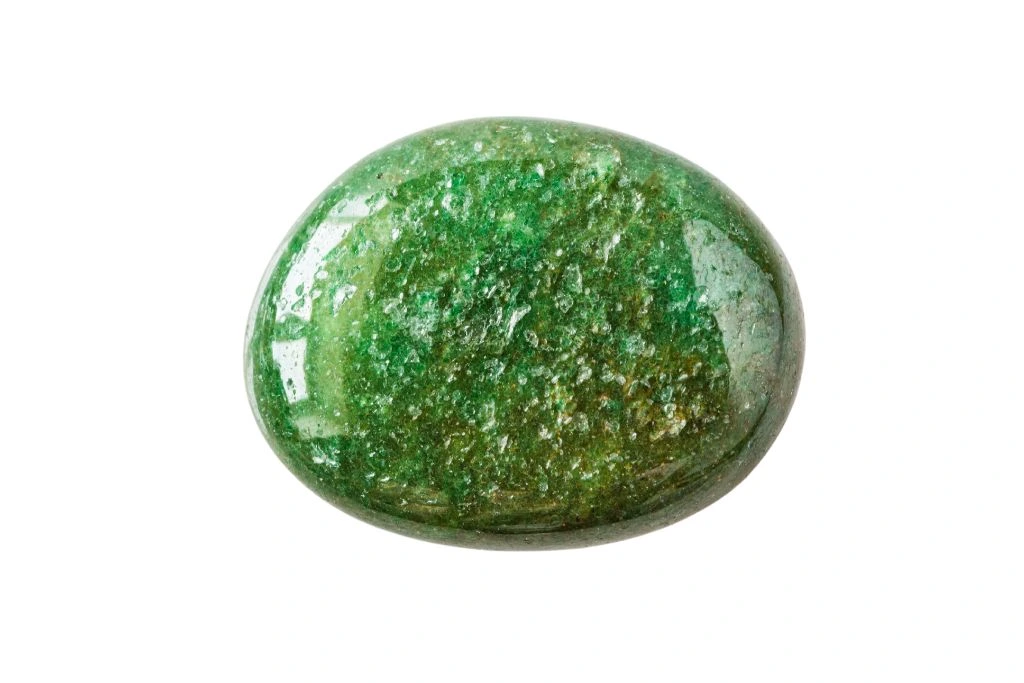
Aventurine is a green type of Quartz, but you can also find it in shades of blue, yellow, orange, and brown. The presence of mica or hematite inclusions causes the sparkles in this stone. Its texture is smooth and glassy with a slight glimmer.
Its hardness makes Aventurine one of the best rocks to polish, as it can withstand the abrasive action of the tumbler without being damaged. Its natural color variations make it an attractive choice for creating beautiful jewelry pieces.
Carnelian
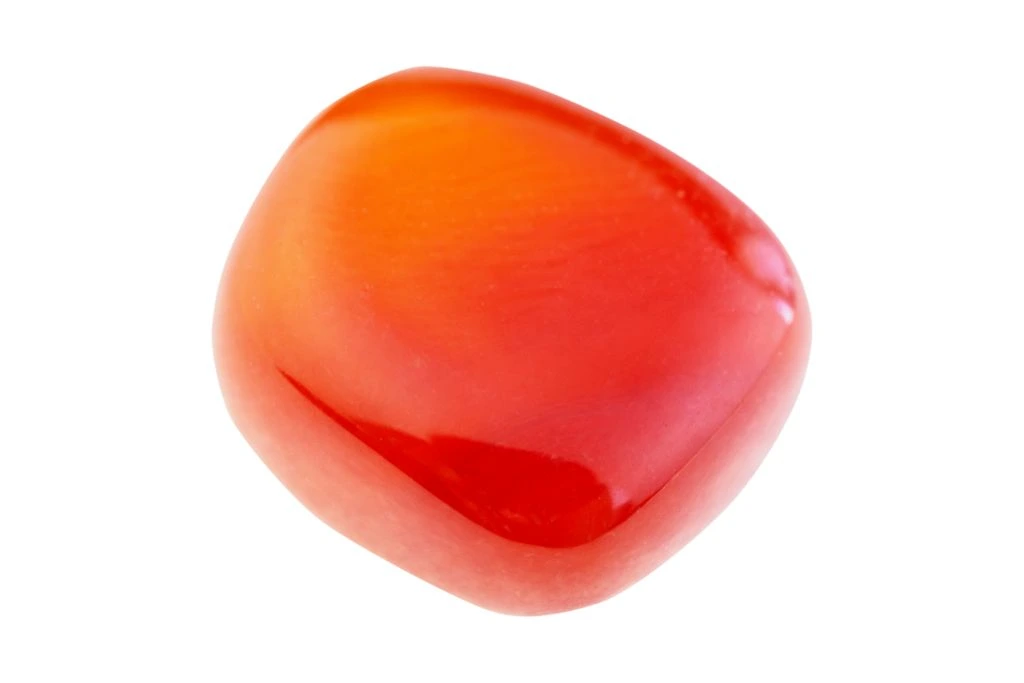
Carnelian has a vibrant orange-red hue with a glassy, translucent texture and often contains slight inclusions of other minerals. The color of Carnelian ranges from pale orange to deep red, and you can find it in many different shapes and sizes.
Carnelian has a hardness of 7 on the Mohs scale, making it durable enough to withstand the tumbling process. Its shape makes it one of the best stones for tumbling, as it occurs in rounded pebbles or smooth stones that can easily be polished. Carnelian also has an abrasive quality and creates a smooth finish quickly. Its size makes it perfect for tumbling, as it is small enough to fit into most tumblers but large enough to create an attractive polished stone.
Howlite
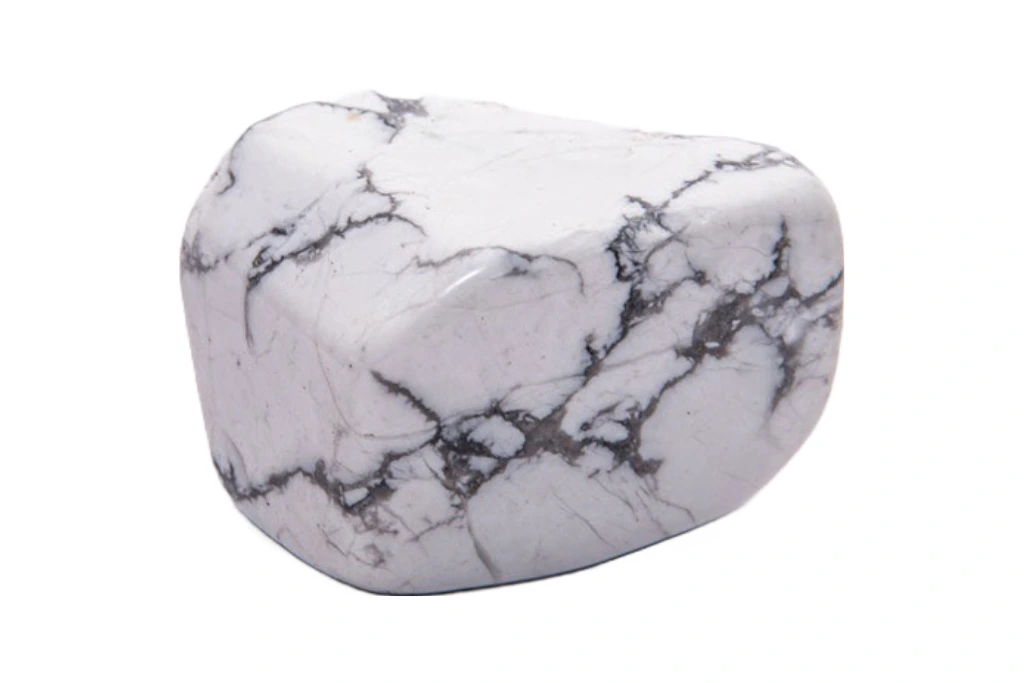
Howlite is a soft, white mineral and is another one of the best tumbling gemstones. It has a smooth, waxy feel and is found in its natural form as small, round nodules. Its color ranges from white to grayish-white, sometimes with light gray or brown veining. Because it is white and porous, it is often dyed in shades of blue, green, pink, purple, and more.
It has a hardness of 3.5 to 4 on the Mohs scale, making it soft enough to be shaped and polished without damaging the stone. Its shape is ideal for tumbling, as it has a smooth surface that can quickly be shaped with minimal effort. The abrasiveness of Howlite is also perfect for tumbling since it is not too rough or too soft, allowing for a smooth finish without taking too much time or effort. Howlite’s size makes it ideal for tumbling, as it can easily fit into most tumblers.
Jasper
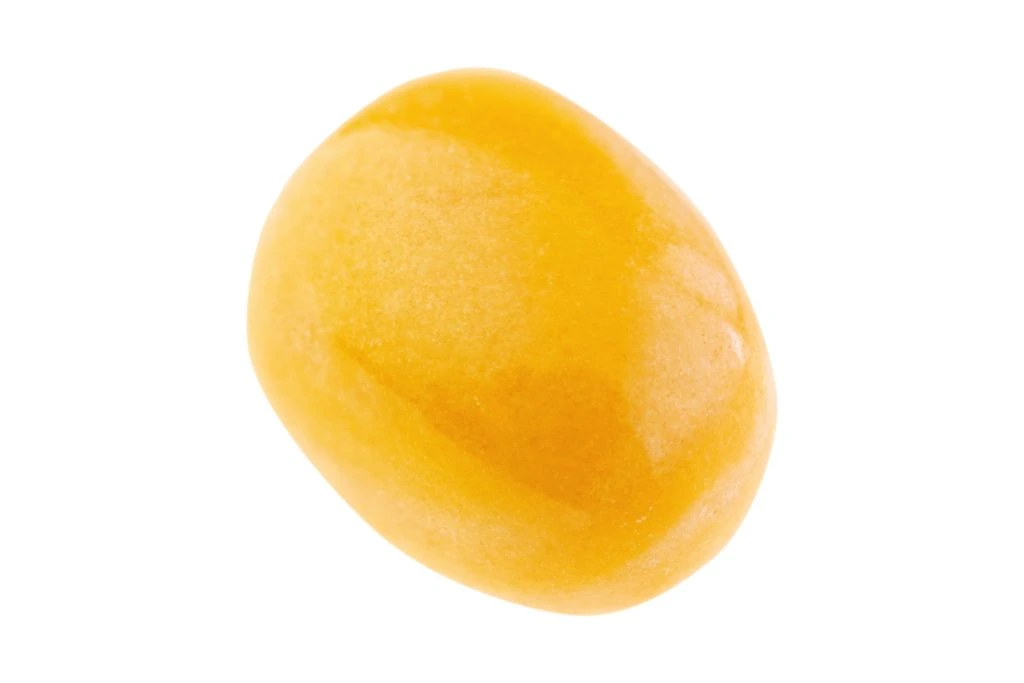
Jasper comes in a variety of colors and textures. It is an opaque, fine-grained variety of Quartz that occurs in shades of red, yellow, brown, green, gray, and white. It is often mottled or striped due to the presence of other minerals, like iron or manganese. Jasper has a smooth texture with a waxy luster.
Rock tumbling Jasper is easy since its hardness makes it durable enough to endure the tumbling process. Its shape is ideal, as it has a smooth surface that allows for an even polish. Jasper’s abrasiveness helps create a smooth finish on the stones, while its size makes it easy to handle.
Moonstone
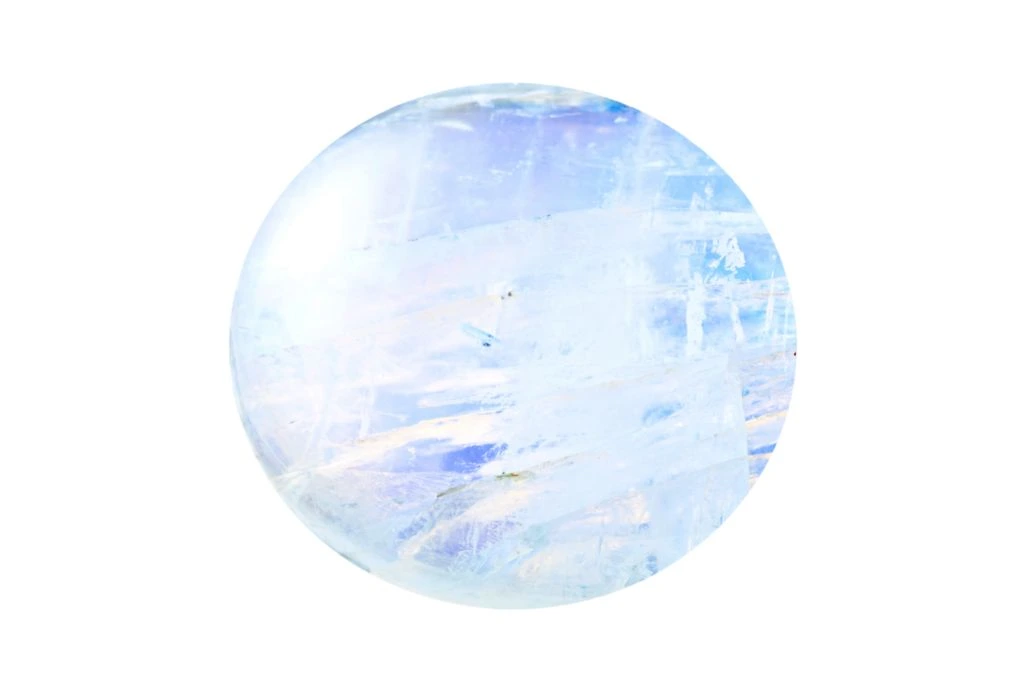
Moonstone has a milky-white color with a tint of blue, giving it an ethereal look. The stone is semi-translucent, allowing light to pass through it and create an iridescent effect. Its texture is smooth and silky, making it pleasant to touch.
Moonstone’s hardness makes it enduring enough to handle the tumbling process. It has a smooth surface that allows for an even polish. The abrasiveness of Moonstone is just right, allowing it to be polished efficiently. Its size makes it easy to tumble.
Onyx
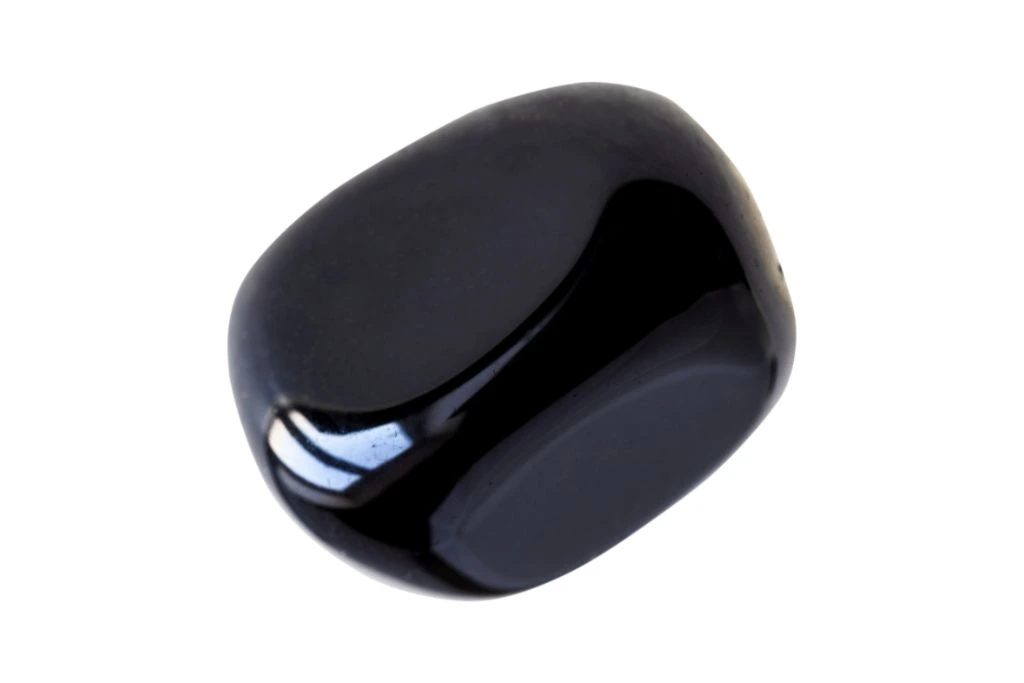
Onyx has a glossy, glass-like appearance. It is usually black or dark gray but also appears in brown, green, and white. Onyx has a smooth texture with a waxy feel. This stone is known for its durability and strength, making it an ideal choice for countertops and surfaces that need to withstand wear and tear.
Onyx is a hard stone, making it able to withstand the tumbling process. Its smooth surface makes it easy to polish and shape into beautiful pieces. Onyx also has a unique color palette that ranges from black to white, allowing various creative designs.
Quartz
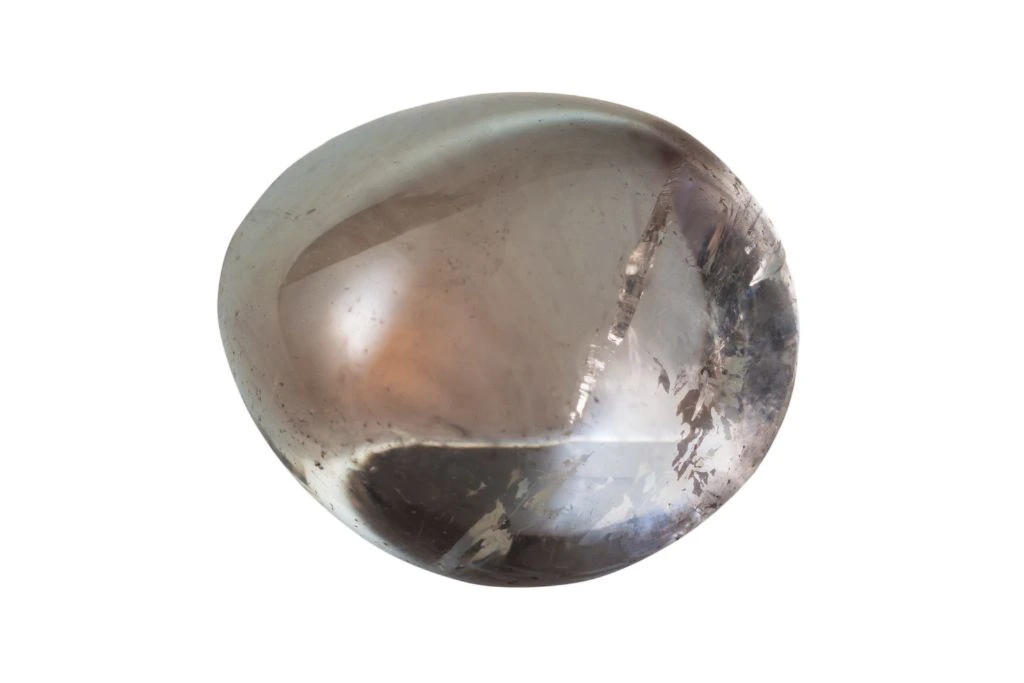
Quartz has a glassy, translucent appearance that ranges from clear to milky white and occurs in pink, purple, yellow, orange, green, blue, and brown colors. Its texture is usually smooth. Quartz is known for its durability and strength, making it an ideal choice for jewelry and other decorative items. This stone is also used in many industrial applications, due to its hardness and resistance to heat.
If you want to know how to get started with rock tumbling for beginners, Quartz is one of the best stones to use. Its hardness makes it resistant, while its shape allows it to be easily tumbled into various forms. Its abrasiveness makes it ideal for polishing, while its size allows it to fit into tight spaces. Quartz is also non-toxic and non-porous, making it safe for tumbling.
Tiger’s Eye
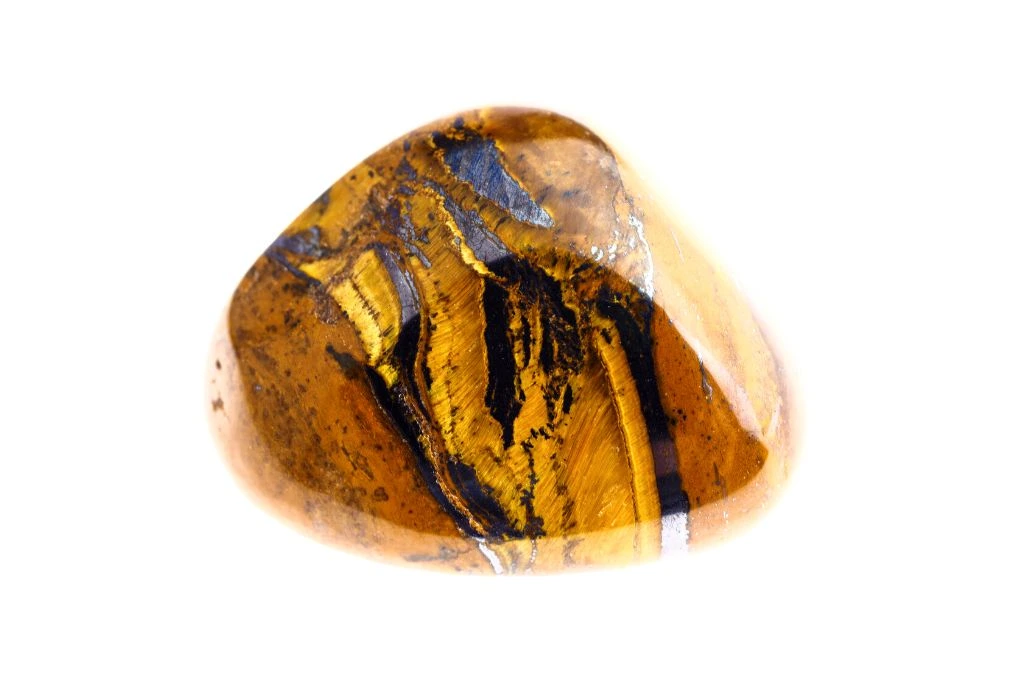
Tiger’s Eye has a golden-brown color with a silky luster. It has chatoyancy, the optical phenomenon of light reflecting off the surface in a banded pattern. The stone has a distinctively warm and earthy feel to it, and its texture is smooth and velvety.
Tiger’s Eye is often found in tumbled form because it is one of the best rocks for tumbling. Being 6 to 7 on the Mohs scale makes it hard enough for tumbling. Its shape and texture also make it ideal for polishing, as its natural ridges and grooves help to create a smooth finish. The abrasiveness of Tiger’s Eye is also beneficial for tumbling since it helps to remove any rough edges or imperfections from the stone. Its small size makes it easy to tumble without taking up too much space.
FAQ
- How to tumble rocks at home?
You’ll need a tumbler, some abrasive grits, and the rocks you want to polish. Begin by filling the tumbler with water and adding the abrasive grits, according to the instructions on the package. Then add your stones and close the lid. Next, switch on the tumbler and let it run for several hours or days, depending on how much polishing you want. Once finished, open the lid and remove your polished stones.
- How long does it take to tumble rocks?
Tumbling rocks can take anywhere from a few days to several weeks, depending on the size and type of rock. Smaller rocks may only need a few days, while larger rocks may require up to two weeks or more. The amount of time necessary for the desired results will depend on the size and hardness of the stones and the type of grit used.
- How do I get the best rock tumbler?
The best rock tumbler can provide a smooth, polished finish to your stones. It should be able to handle a variety of sizes and shapes and have adjustable settings for different levels of polishing. It should also be easy to use, with clear instructions and a reliable motor. The best rock tumblers will also come with various grits so that you can choose the right one for the job.
- What are additional stones that can be tumbled?
Rock tumbling stones like Jade, Kimberlite, Turquoise, Sodalite, Rose Quartz, Peridot, Obsidian, Lapis Lazuli, Garnet, and Citrine also yield great results.


